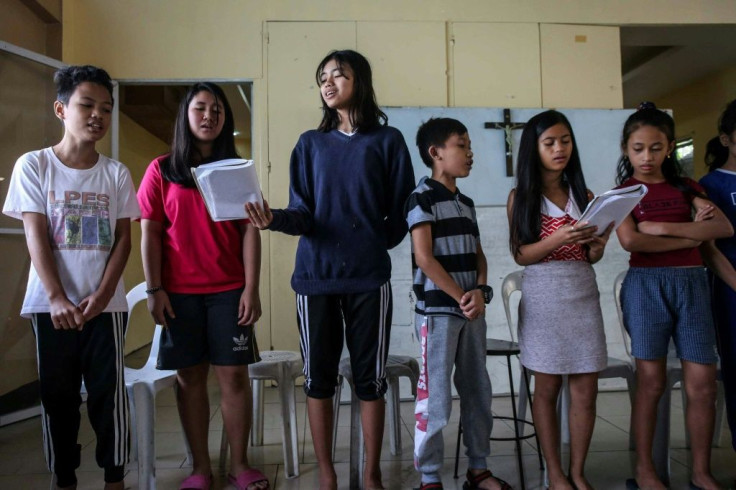Survey Finds Child Care Options Could Virtually Disappear As Result Of Coronavirus Pandemic

KEY POINTS
- More than 14% of women and nearly 12% of men say they considered quitting their jobs to care for their children as a result of the coronavirus pandemic
- More than 780,000 child care workers have been laid off as a result of the pandemic as providers attempt to cut costs
- The $99 billion industry, which operations on extremely thin margins, needs an estimated $9.6 billion to survive
Amid the big push by the administration for businesses and schools to reopen fully to prompt recovery from the coronavirus recession, the question of child care has yet to be addressed and early indications are the situation likely will worsen in the near future, hamstringing the economic recovery.
A survey of 5,000 child care providers released Monday by the National Association for the Education of Young Children indicates the already fragile system could be decimated without public assistance.
Child care is a $99 billion industry that serves as a backbone for the economy as a whole.
More than 40% of the providers that existed before the pandemic took hold indicated they might have to close permanently by the end of the year without help because of limits on the number of children who can be accommodated and the extra costs involved in protecting against coronavirus infections. By the end of 2021, only 18% of child care programs could be remaining.
“The lack of sufficient public investment in the face of the COVID-19 pandemic has forced families, educators and child care programs into a series of impossible choices between health, safety, quality and financial solvency,” the association said.
“Child care providers have made it clear that they are doing everything they can to hold their programs together … But the financial cliff is looming … and soon … there will be little left of child care to save.”
A report by pay-equity software-maker Syndio indicated more than 14% of women are considering quitting their jobs because of the pandemic so they can care for their children. Nearly 12% of men are considering the same action.
Child care enrollment is off 67%, according to the National Association for the Education of Young Children survey. St. Louis Federal Reserve Bank data show that has meant major layoffs, some 780,300 as of July 2.
“I think in two months, we’re all going to be gone, even the best of us,” Shaun Rose, president of Rock Spring Children’s Center in Bethesda, Maryland, told the Washington Post. He said his facility is losing $100,000 a month.
Industry experts say child care needs $9.6 billion in help, nearly triple the $3.5 billion provided by the CARES Act. K-12 schools need even more if they are to reopen safely. While Senate Democrats want to pony up $430 billion, the White House and Republicans are showing little interest.
“Students, parents, and educators nationwide have been thrown into a kind of uncertainty and chaos we’ve simply never seen before—and the consequences if we don’t respond with bold solutions will be dire, especially for those who were already struggling to begin with,” Sen. Patty Murray, D-Wash., said in a press release.
“I’m taking it one week at a time, but we don’t have enough students to pay the teachers, and teachers can’t work without enough students, and parents keep saying they need us and please stay open, but they don’t know when they will be able to come back,” Athirai, a child care provider in Texas, said as part of the child care survey. “We have so much expertise and we work so hard, but we can’t do this without assurance and support.”
National association CEO Rhian Evans Allvin said the situation is approaching catastrophic levels.
“As a country, we have a choice to make: Are we going to continue to underfund and undervalue a system that is the backbone to the rest of the economy or are we going to make the necessary investments that recognize the essential nature of child care?” Allvin asked.
© Copyright IBTimes 2025. All rights reserved.






















